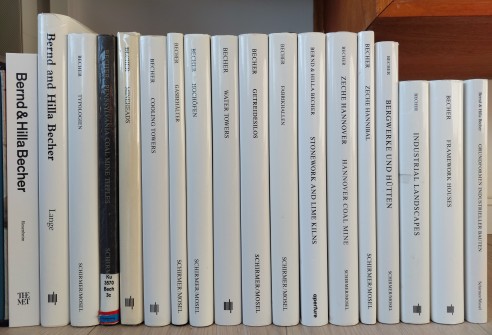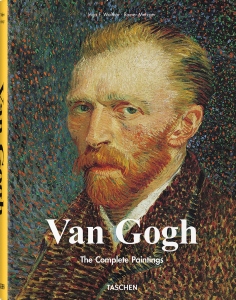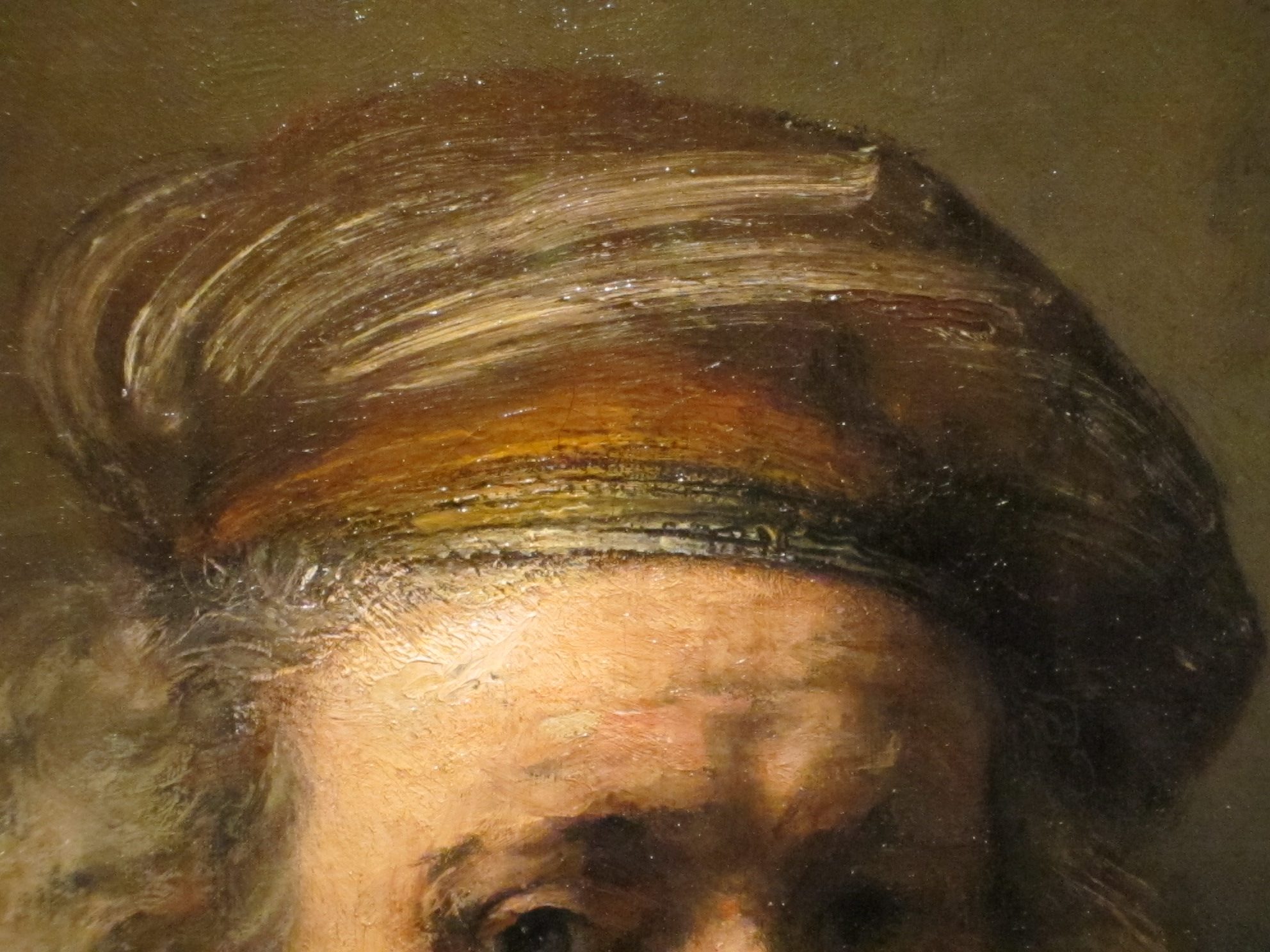This time, two books from an artist couple also featured in my favorite art book list I posted back in 2017. The first is a monograph from 2007 I’ve had for ages, but never got around to actually reading. The second book was published last year, and it’s the first posthumous monograph about the Bechers to appear, published to accompany the exhibition in The Metropolitan Museum of Art in New York, an exhibition that traveled to San Fransisco, and is still on display until April 2, 2023.
Over the years, I’ve steadily collected all the thematic monographs Bernd and Hilla Becher published – my collection is pictured above. Their work resonates deeply with me, and as their work is among the most revered of 20th century photographers, I know I’m not the only one. For almost 50 years the Bechers documented mine winding towers, blast furnaces, gas tanks, grain elevators, water and cooling towers, processing plants, factory halls, lime kilns, timber framed houses and entire complexes of factory buildings. They did so in much of Western Europe, and the United States as well. In a way, the things they depict are more machines than buildings, as critic Armin Zweite wrote.
Bernd also taught photography at the Düsseldorf Academy from 1976 to 1996, and Hilla was intricately involved with that too. This resulted in the so-called Becher school of photography, with prominent German artists like Andreas Gursky, Candida Höfer, Axel Hütte, Thomas Ruff & Thomas Struth.
Both books at hand cover similar territory: they try to provide an overview of Bernd & Hilla Becher’s life and work, framed in an historical context. Is one markedly better than the other? And, more importantly, what did I learn from these books about the Bechers and their work? Why does it resonate so deeply with me?
















